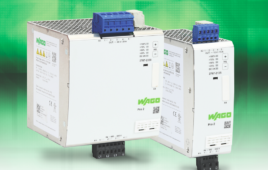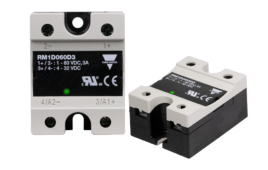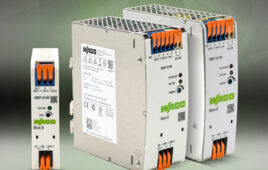Organic Light Emitting Diodes (OLEDs) are thinner, lighter, and more flexible than the crystalline layers in an LED or LCD. Their substrates can be flexible and can be made from plastic rather than glass. Unlike LCDs, they do not require backlighting, so they consume much less power (40 to 60 lm/W efficiency). What‚’s more, they are brighter than LEDs. Yet the market for these ultrathin, super-light, flat light sources in general lighting applications has been restricted primarily by their high cost of production.
OSRAM Opto Semiconductors is coordinating the work of numerous partners to develop cost-effective volume production methods for OLEDs under the CombOLED project, a European funded research and development project that was conceived to combine new device structures, advantageous manufacturing approaches, and less complex materials. The goal is to achieve cost effective OLED lighting, including methods for printing of new component architectures for large-format transparent light sources.

Currently, OLEDs are used in telecommunication devices such as cell phones and PDAs, as well as electronic devices including digital cameras and portable DVD players. They may eventually be used in entertainment applications such as back-ofseat screens in automobiles and airplanes. OLEDs also suit computer monitors and large-screen TVs, automotive dashboards, billboard-type displays, home and office lighting, and flexible displays. They are superior to LED displays in many industrial, scientific, and medical applications because they have greater clarity at wider viewing angles. Until they can be manufactured in large quantities at a reasonable cost and are scalable, the market will remain small. However, experts must agree that this will occur, because the OLED lighting market alone is expected to be worth billions of Euros by 2015.
OSRAM Opto Semiconductors
www.osram-os.com
European Union in the Seventh Framework Program (FP7)
www.comboled-project.eu
.:Design World:.
Filed Under: Lights • signal lamps • indicators, ELECTRONICS • ELECTRICAL





Tell Us What You Think!